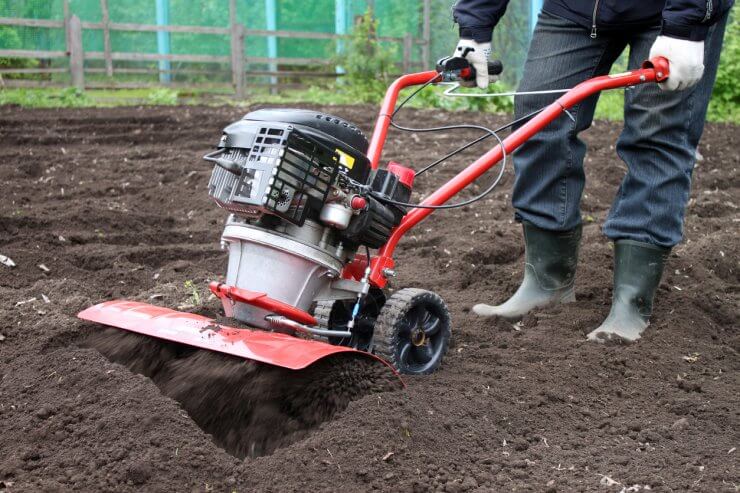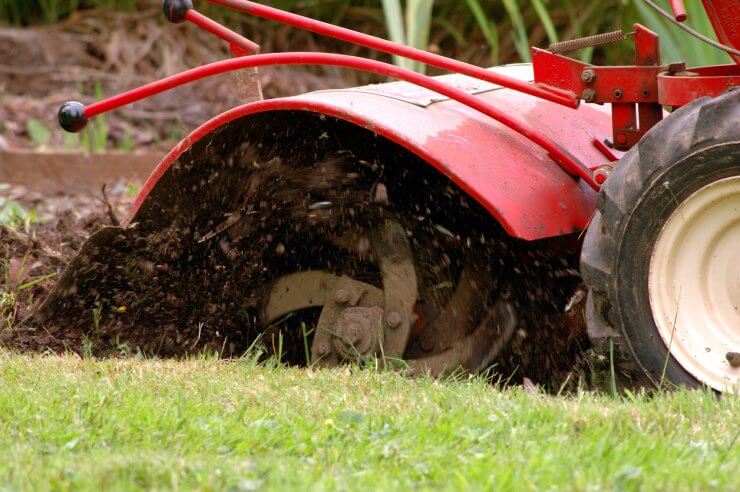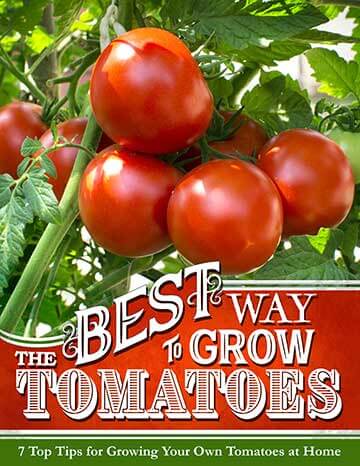
Oh, the perfect garden bed. ‘Tis a dream of every gardener. But if you’re used to using a hoe, rake, spade, or other hand tools, a garden tiller, despite its helpfulness, can feel a bit intimidating. It’s kind of like riding a bike, then switching over to a car with a manual transmission. There’s nothing wrong with either, and if you’re just heading to the grocery store for some eggs and cheese, the bike is just fine. However, the car is probably a better option for that family vacation two states over.
Similarly, a garden tiller might be overkill if you have a small, raised-bed garden that sits in the three feet between your driveway and the neighbor’s fence. However, anything much bigger than that, and you might find that the hand tools are way more work than necessary. Rather than fighting with rocks and weeds with your garden fork, a tiller can help you get the job done quickly and easily. You could be sipping iced tea in the sunshine before you know it.
Discover 7 top tips for growing, harvesting, and enjoying tomatoes from your home garden—when you access the FREE guide The Best Way to Grow Tomatoes, right now!

What is a garden tiller?
All right then, let’s set that iced tea down for a sec and look at what a garden tiller is and how it can help you. Let’s talk about garden cultivators, as well.
Both a tiller and a cultivator have metal blades that rotate and dig up your soil. As you can imagine, they come in a wide variety of sizes and prices. But there are a few big differences. A garden cultivator tends to be smaller and less powerful than a tiller. A cultivator is ideal for smaller jobs like stirring compost into your soil and aerating your garden.
Tillers, on the other hand, are great for helping you dig up and loosen hard, compact soil. There are two styles of tillers: front tine tillers and rear-tine tillers. (You may also find mid-tine tillers, but they aren’t as common.) Tillers with tines on the front tend to be lighter and easier to maneuver. Rear-tine tillers are heavier, more powerful, and are more appropriately suited to large gardens.
Discover 7 top tips for growing, harvesting, and enjoying tomatoes from your home garden—when you access the FREE guide The Best Way to Grow Tomatoes, right now!
Let’s create a perfect garden bed
Pro Tip: If you’re starting a new garden, call 811 first to check for buried utility lines. You do NOT want to till into gas lines or other utilities, some of which may only be a couple of inches below ground.
Now that we have that out of the way, I’m also going to assume that you’ve read the owner’s manual for your garden tiller? If not, do that, then come back. Seriously. You have all sorts of important safety information there. And I assure you, your garden can wait 15 more minutes.
Now it’s time to get to work. Timing is important here. Tilling your garden in the fall gives all those nutrients time to break down and enrich the soil.
Discover 7 top tips for growing, harvesting, and enjoying tomatoes from your home garden—when you access the FREE guide The Best Way to Grow Tomatoes, right now!
To create an ideal garden bed, you want to till your garden on a nice, dry day. Wet soil will end up clumping and leave you more or less where you started.
If this is the first time you’re tilling your garden, start slow. Don’t try to dig in too deeply on your initial pass. Start with your shallowest setting and gradually increase the depth. Additionally, it’s helpful to make a couple of passes, water your soil, then till your garden again in a couple of days. This helps ensure your soil gets well-mixed and aerated.
By now, you’re probably wondering what the actual steps are for creating a garden bed. Here you are:
- Clear out any big rocks, roots, and thick vegetation.
- If it’s spring and you’re tilling a new garden, remove the top layer of grass, or you may find yourself fighting with it all season.
- Set the tiller for its shallowest depth, and slowly till your garden in overlapping parallel lines. Let the tiller do the work. You shouldn’t have to push it too much.
- Set the tiller to dig deeper and till your garden in a similar pattern, only perpendicular to your first pass (aka up and down then side to side).
- Add in your compost or any soil amendments.
- Go over your garden one last time with the tiller to mix in the compost.
- Wait a few days, then plant your seeds or seedlings.
- Proceed to garden as usual.
Discover 7 top tips for growing, harvesting, and enjoying tomatoes from your home garden—when you access the FREE guide The Best Way to Grow Tomatoes, right now!
There’s no need to use your garden tiller excessively. There is such a thing as too much of a good thing, and too much tilling will compact your soil. And never, ever, ever try to clean or remove debris from your tiller while it is running.
Tilling your garden is a great way to maintain your soil and create the conditions for your plants to thrive.
What advice would you share about tilling a garden?





I have a rear tine tiller which is MUCH easier to use than the front tine models. I don’t start shallow, I take mine down to a depth of 6-8 inches and go along. I’ve had this garden for over 40 years and the soil is amended every fall winter by incorporating my vegetable peelings, coffee grounds, egg shells etc. in trenches, then burying them over the entire garden. My soil is black and full of nutrients and easy to plant. So for gardens that have been around for years, the short method takes a lot of needless time. Especially if you haven’t walked all over it during the winter.
Just an FYI:
If it is your first time using a rear tiller, or any hand controlled tiller, be ready for rocks! The deeper you go the more you will find buried. If the back fill under your area wasn’t “screened and clean” you could have boulders that will wrench the tiller out of your hands the deeper you go.
Like the article says, a few inches deeper with every pass can save you a sprained wrist, or worse expensive repairs to your tiller.
Safe Gardening to everyone.